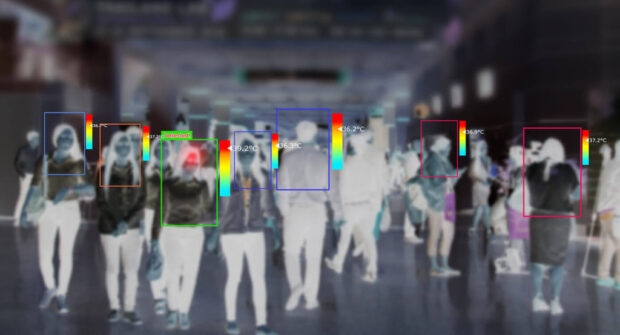Thermal cameras are immensely capable devices. Nonetheless, they are also gadgets which are not always totally understood by the wider community. This is particularly because their processes and uses can easily – and often are! – confused with night vision devices. But just as thermal cameras are fantastic, there are a number of different types of them which are very worthwhile to be aware of. So let’s look at the 3 types of thermal cameras you need to know.
Recapping How Thermal Cameras Operate
While most people would recognise a thermal camera from seeing them utilized in the visual media, it’s a fact that of course not everyone may have stumbled across the use of one before, or indeed understood what they were exactly if they did. Accordingly, a recap here of what exactly thermal cameras are specifically is essential to do at the outset. In very simple terms, a thermal camera operates by creating an image via the utilization of infrared light, which allows the device to detect and thereafter display for the viewer where heat is being emitted from, based upon where the camera is picking it up from in the nearby surroundings.
How Are Thermal Cameras Commonly Used Each Day?

A conventional example of the usefulness of thermal cameras pertains to its uses in search and rescue operations. When hikers get lost in the bush, a thermal camera can be useful – given human beings emit more heat than trees – in spotting someone lost amidst the wilderness. Because the thermal camera can do this via detecting heat, using this scanning device can make discovery far easier for a search and rescue party, in comparison to using the naked eye, and/or another device such as binoculars or a regular camera with zoom capability.
The Traffic Factor in the 3 Different Types of Thermal Cameras
Ultimately the different types of thermal cameras out there all vary as it comes (in addition to other elements such as unique inclusions by manufacturers) to the traffic factor. It can be explained via the following examples.
Type 1: Low Traffic Density

These thermal cameras are best used in areas of low traffic. Although these cameras are good when few people (or animals) are around, and are cheaper, they also have less capability in comparison to medium and high traffic models.
Type 2: Medium Traffic Density
These cameras will have more features, and a great capacity to measure with more heat-emitting entities in the camera’s frame. Temperature measurements are also possible in this class.
Type 3: High Traffic Density
The cameras in this category fall into the top of the range class. They can assess a large group of people, and – in addition the capabilities of the medium traffic density cameras – they can also feature warning notifications, so that in the event there is an issue of concern identified among the temperature of any individual(s), it’s possible for the viewer to be notified of it.
Conclusion

Thermal cameras are incredibly helpful, and very easy to gain an understanding of. This said, it can certainly be worthwhile to know the differences between low, medium, and high traffic density cameras if searching for one with sophisticated needs. Now that there’s a solid understanding here of the variables between these three different classes of camera, a browser should be able to search out for their ideal thermal camera in the market, with this knowledge able to inform their assessment of which class of camera will best suit their needs.
